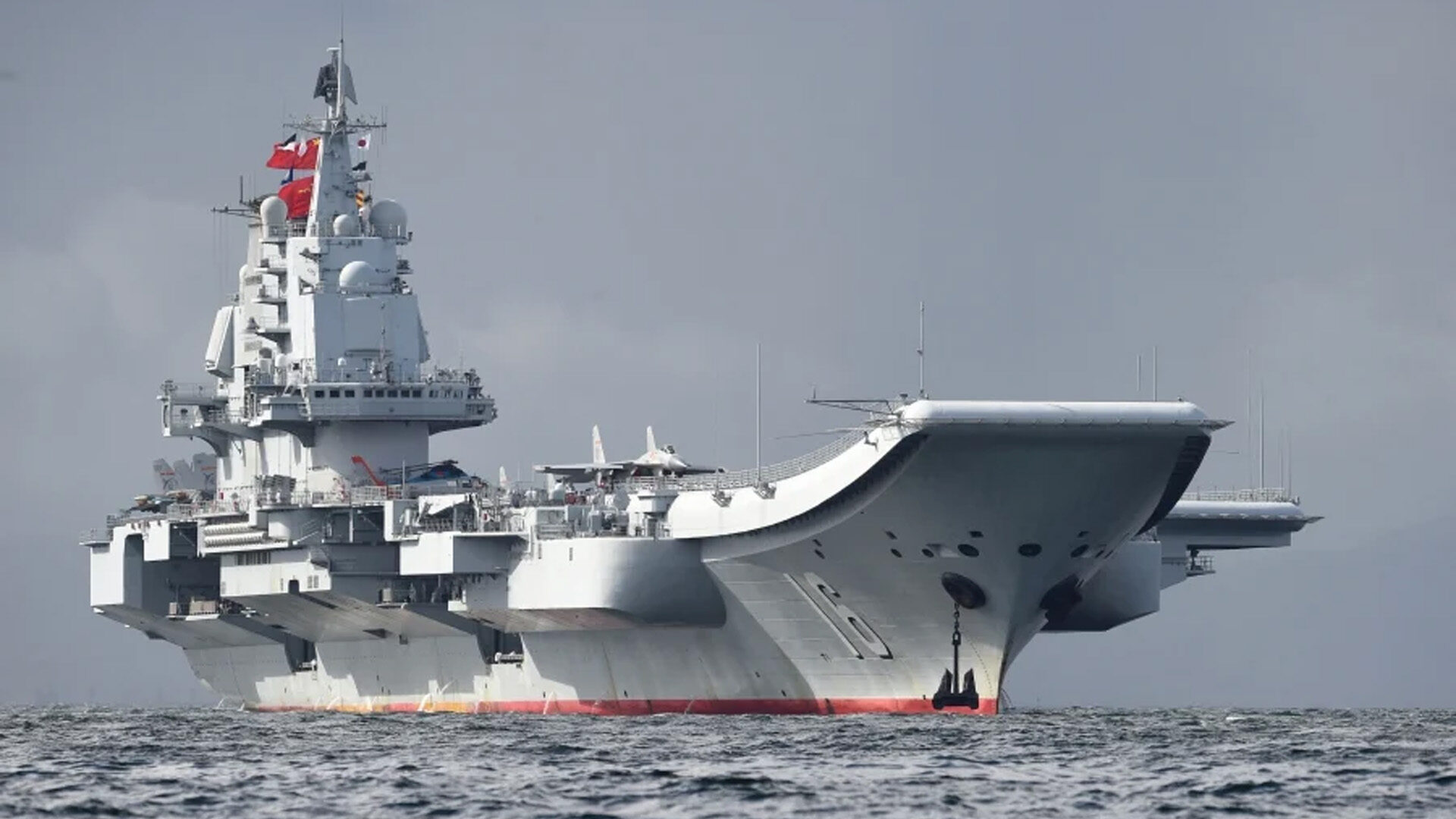SYDNEY, Australia (AFP) — During Xi Jinping’s decade-long rule, China has built the world’s largest navy, revamped the globe’s biggest standing army, and amassed a nuclear and ballistic arsenal to trouble any foe.
With China’s neighbors now rushing to keep pace, Xi’s next five-year term is likely to see a quickening Asia-Pacific arms race.
From South Korea developing a blue-water navy to Australia buying nuclear-powered submarines, weapons shopping has surged across the region.
According to figures from the London-based International Institute for Strategic Studies, Asia-Pacific defense spending passed $1 trillion last year alone.
China, the Philippines and Vietnam have roughly doubled spending in the last decade. South Korea, India and Pakistan are not far behind.
Even Japan is proposing record defense budgets and inching towards ending its long-standing “no first strike” policy, citing an “increasingly severe” security environment.
“All the key players in the Indo-Pacific region are responding to China’s military modernization, basically as fast as they can,” Malcolm Davis, a former Australian defense official now with the Australian Strategic Policy Institute, said.
End of dominance
Many of the big-ticket military projects around the region plainly have deterrence in mind — whether it is thwarting the “little blue men” of Beijing’s naval militias or a conventional attack.
South Korea plans to develop naval power capable of operating far from coastal waters, which experts say has little to do with the threat from rapidly arming North Korea.
Australia plans to acquire eight nuclear submarines — which can stay underwater for extended periods and launch retaliatory strikes — with British and American help, part of the so-called AUKUS agreement.
There is also discussion in Canberra about obtaining hypersonic weapons, longer-range ballistic missiles and even state-of-the-art B-21 stealth bombers, capable of striking anywhere in the world virtually undetected.
For Davis, all of these projects point to a realization that China increasingly has the power to shape the region to its will.
“The days of the US Navy dominating the seas in the Western Pacific are fast approaching an end,” he said, and Asia-Pacific allies are beefing up their own defences accordingly.
“We wouldn’t have had AUKUS if it wasn’t for Xi Jinping. He’s done us a huge favour in that sense.”
Today, China boasts two active aircraft carriers, hundreds of long- and intermediate-range ballistic missiles, thousands of warplanes and a navy surpassing even the United States’s.
